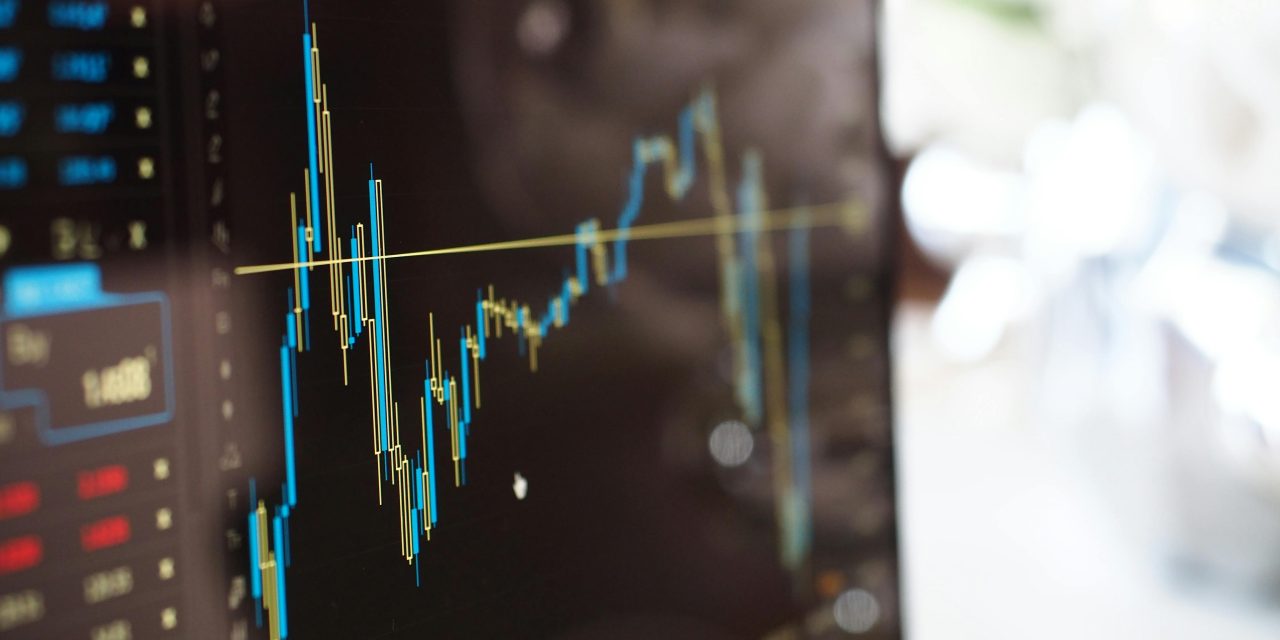Paper trading on TradingView is a simulated trading environment that allows users to practice trading without using real money. It replicates real market conditions, enabling traders to test strategies, familiarize themselves with the platform, and gain confidence before engaging in live trading.
With TradingView’s paper trading feature, users can:
- Place virtual trades using real-time market data.
- Experiment with different strategies risk-free.
- Track performance and improve decision-making skills.
- Gain experience in trading without financial consequences.
This feature is particularly beneficial for beginners, as it allows them to understand the mechanics of trading, learn technical analysis, and develop a trading plan before committing real funds. Even experienced traders use paper trading to test new strategies or refine existing ones.
How Paper Trading Works on TradingView
TradingView’s paper trading feature is designed to simulate real market conditions, allowing traders to execute trades with virtual funds. This enables users to practice trading strategies and analyze market movements without financial risk.
Key Features of Paper Trading on TradingView
- Real-time Market Data – Paper trading uses actual market prices, giving traders a realistic experience.
- Virtual Balance – Users start with a predefined virtual balance (typically $100,000) that can be reset at any time.
- Order Execution – Traders can place market, limit, and stop orders, just like in a real brokerage account.
- Performance Tracking – The platform provides trade history, profit/loss analysis, and detailed statistics.
- Strategy Testing – Users can test different trading strategies and refine their approach before risking real money.
By using these features, traders can gain hands-on experience, understand market dynamics, and fine-tune their trading techniques in a risk-free environment.
Setting Up a Paper Trading Account
To start paper trading on TradingView, follow these steps:
- Log in or Sign Up – Create a TradingView account if you don’t have one.
- Open the Trading Panel – Click on the “Trading Panel” at the bottom of the TradingView chart.
- Select Paper Trading – Choose “Paper Trading” from the available brokers and connect.
- Manage Virtual Funds – By default, you start with $100,000 in virtual cash, but you can reset or adjust this amount.
- Start Trading – Place market or limit orders and track your virtual trades in real-time.
By following these steps, users can quickly set up a paper trading account and begin practicing trading strategies in a simulated market.
Benefits of Paper Trading on TradingView
Paper trading on TradingView provides several advantages, especially for beginners and experienced traders looking to refine their strategies. Since it operates in a risk-free environment, users can experiment with trading techniques and market analysis without the fear of losing real money.
Key Advantages of Paper Trading
- No Financial Risk – Since trades are executed using virtual money, there’s no risk of actual losses.
- Hands-on Learning Experience – Beginners can familiarize themselves with order types, market trends, and technical indicators.
- Strategy Testing – Traders can evaluate different strategies in live market conditions before implementing them in a real account.
- Improves Discipline – Helps traders practice risk management and emotional control in a simulated environment.
- No Broker Requirement – Unlike live trading, there’s no need to link a brokerage account, making it accessible to all users.
Whether you’re new to trading or looking to fine-tune an existing strategy, TradingView’s paper trading feature allows you to experiment without real financial consequences.
Risk-Free Trading for Beginners
For beginners, paper trading offers a safe way to learn about financial markets without the stress of potential losses. Here’s how it benefits new traders:
- Builds Confidence – Allows beginners to make trading decisions and learn from their mistakes.
- Understanding Order Execution – Helps users grasp the difference between market orders, limit orders, and stop losses.
- Developing a Trading Plan – New traders can experiment with different strategies and identify what works best.
- No Pressure from Real Money – Since virtual funds are used, traders can focus on learning rather than worrying about financial losses.
By using paper trading as a training ground, beginners can gain essential skills and confidence before transitioning to live trading.
Limitations of Paper Trading
While paper trading on TradingView provides a risk-free environment to practice trading strategies, it also has certain limitations. Since virtual trades do not involve real money, they may not fully replicate the psychological and emotional challenges of live trading.
Key Limitations of Paper Trading
- No Real Emotional Impact – Since there’s no actual financial risk, traders may not experience the same pressure and emotions as in live trading.
- Differences in Order Execution – In real trading, factors like slippage, liquidity, and spreads affect order execution, but these are not fully simulated in paper trading.
- Overconfidence Risk – Success in paper trading may lead to false confidence, as real market conditions involve more complexities.
- Lack of Real-Time Market Impact – Large trades may influence real market prices, but in paper trading, they are executed without affecting the market.
While paper trading is an excellent learning tool, traders should be aware of these limitations before transitioning to live trading.
Differences Between Paper and Live Trading
Understanding the differences between paper trading and live trading is essential to prepare for the real market.
| Aspect | Paper Trading | Live Trading |
|---|---|---|
| Risk Involved | No real money is at stake | Real financial gains or losses |
| Emotional Impact | No fear or greed | Stress, fear, and excitement play a role |
| Order Execution | No slippage or liquidity issues | Real market factors affect execution |
| Trading Discipline | Easier to follow a plan | Emotions can lead to impulsive decisions |
Since real trading involves psychological pressure and financial risk, traders must transition carefully from paper trading to live trading by managing emotions, setting stop losses, and applying risk management strategies.
Transitioning from Paper Trading to Live Trading
Once traders have gained confidence and developed a consistent strategy through paper trading, the next step is transitioning to live trading. However, this shift requires careful planning to manage risk and emotions effectively.
Steps to Successfully Transition to Live Trading
- Start with a Small Capital – Begin with a small amount to test real market conditions without significant risk.
- Use a Demo-to-Live Approach – Gradually move from paper trading to live trading while maintaining the same strategy.
- Control Emotions – Expect to experience stress, fear, and excitement in live trading, which can influence decision-making.
- Implement Strict Risk Management – Set stop-loss levels and avoid overleveraging to protect capital.
- Track Performance and Adjust – Keep a trading journal to analyze mistakes and refine your strategy.
- Be Prepared for Losses – Unlike paper trading, real trading involves financial risk. Accepting small losses is key to long-term success.
By following these steps, traders can smoothly transition into real trading while minimizing emotional and financial risks.
Key Steps to Move to Real Trading
To ensure a successful transition, traders should:
- Maintain the Same Trading Strategy – Stick to the strategy that worked during paper trading instead of making impulsive changes.
- Start with Low-Risk Trades – Avoid high-risk positions and gradually increase exposure as confidence grows.
- Accept Psychological Challenges – Acknowledge that real trading involves pressure, which can lead to emotional decision-making.
- Monitor Market Execution – Be aware that factors like slippage, liquidity, and spreads can affect real trades.
- Review and Adapt – Continuously analyze performance and refine strategies based on real trading experiences.
Transitioning from paper to live trading requires discipline, patience, and a structured approach. By treating small real trades as an extension of paper trading, traders can build confidence before scaling up their investments.
Conclusion
Paper trading on TradingView is an invaluable tool for both beginners and experienced traders. It provides a risk-free environment to test trading strategies, learn market dynamics, and build confidence before committing real capital.
Key Takeaways
- Paper trading replicates real market conditions, allowing traders to practice without financial risk.
- It helps beginners learn trading mechanics and develop a strategy before moving to a live account.
- Despite its advantages, paper trading lacks real emotions and execution challenges, which can create a false sense of confidence.
- To transition successfully to live trading, traders must apply risk management, control emotions, and start with small positions.
While paper trading is an essential step in a trader’s journey, it should be treated as a learning tool rather than a substitute for real trading. By practicing realistic strategies, managing expectations, and following a structured approach, traders can improve their skills and prepare for the challenges of live markets.


